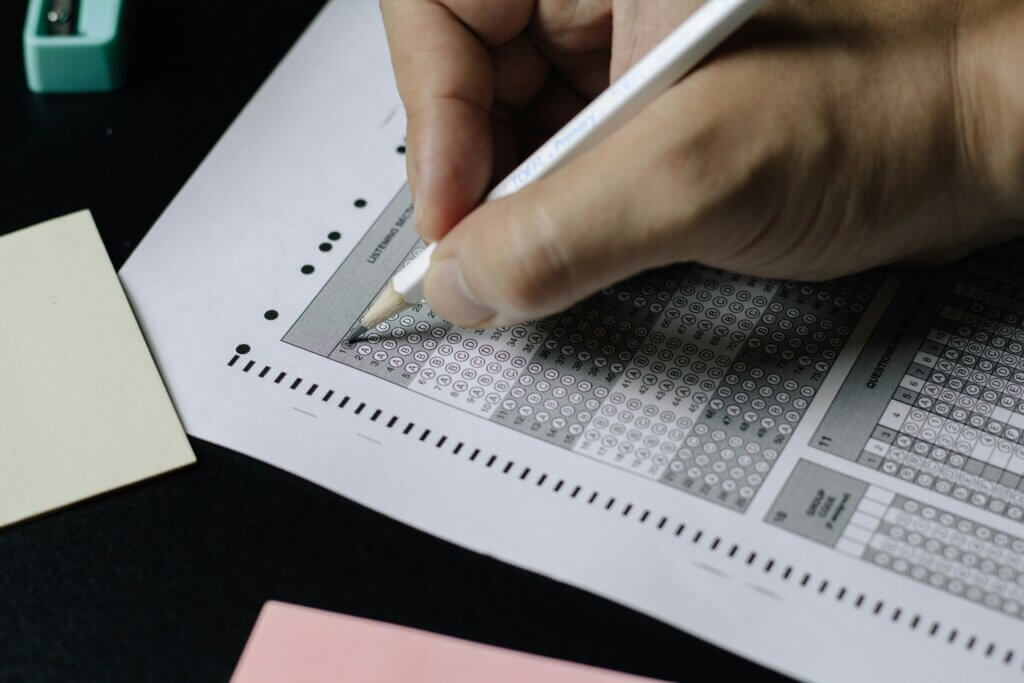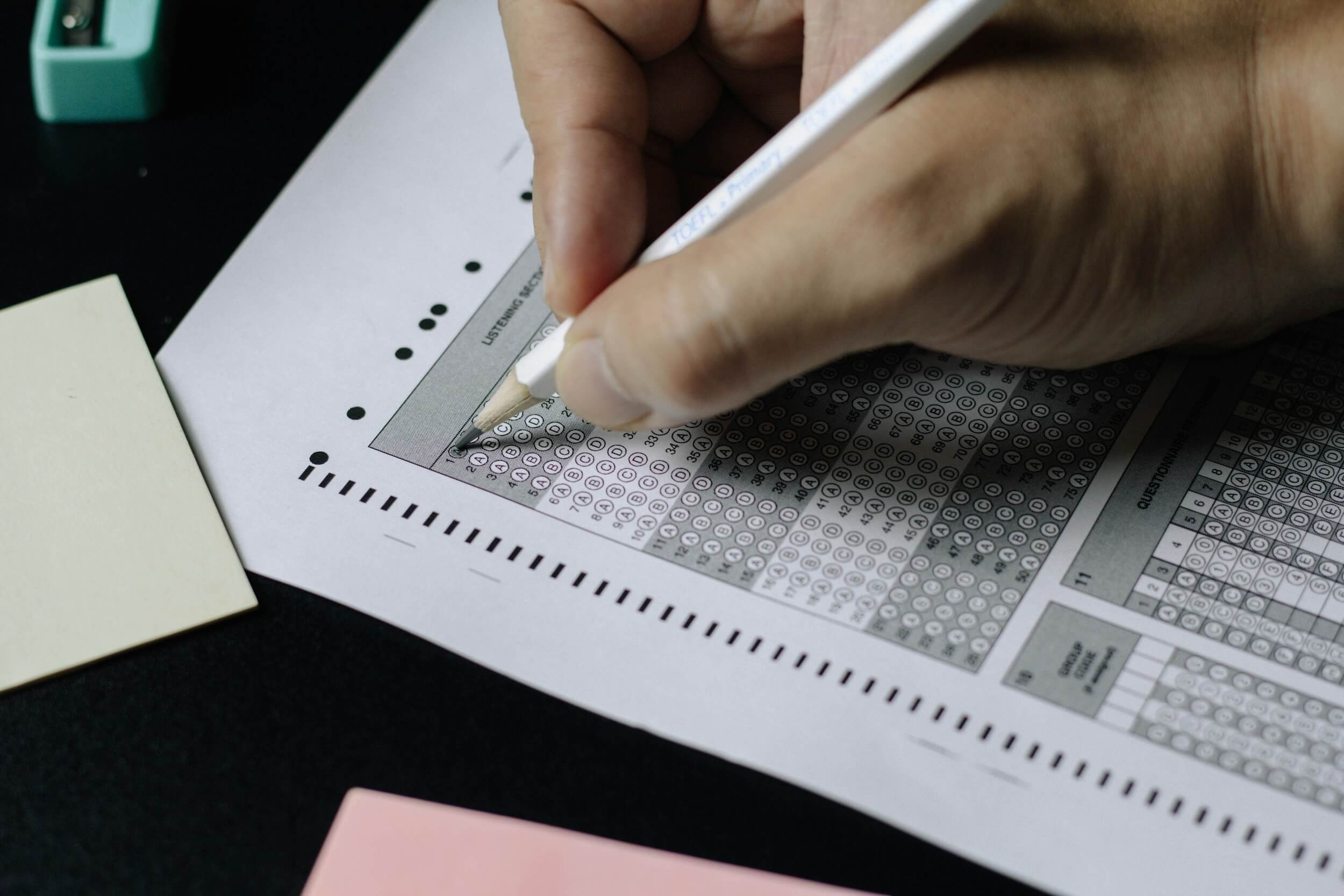

Many Class 10 students struggle to understand what their CBSE CGPA actually means in terms of percentage marks. Without a clear conversion, students face confusion during college admissions, scholarship applications, and even while comparing scores for competitive exams.
Mistakes in interpreting the Cumulative Grade Point Average can lead to inaccurate academic reporting and missed opportunities. This guide explains the official CBSE method to convert CGPA to percentage, provides step-by-step examples, and highlights common errors so students can calculate their Class 10 results confidently and accurately.
How To Calculate Percentage From CBSE Class 10th CGPA
Many students feel confused when they see CGPA instead of marks on the CBSE Class 10 report card. The problem starts when colleges, scholarship portals, and competitive exams ask for percentage and not CGPA. You look at your grades and wonder how to convert them into a clear percentage score. This guide solves that problem with simple explanations, real examples, and a complete CGPA to percentage chart.
What CGPA Means in CBSE Class 10
CGPA means Cumulative Grade Point Average. It shows your overall academic performance in your five main subjects. CBSE introduced this approach to reduce exam stress and shift the focus from exact marks to performance bands.
CGPA includes:
- Grade Points from five core subjects
- No extra subjects
- No internal activities
Why Students Convert CGPA to Percentage
Students convert CGPA to percentage because universities, scholarship panels, application portals, and many government forms accept percentage scores. Percentage also makes comparison easier for parents, teachers, and admission teams. When you convert your CGPA to percentage, you share a clear and universal score. You can also explore Class 10 Sample Papers for practice.
CBSE Grading System Explained
CBSE assigns grades based on marks. Each grade has a specific Grade Point. Here is the grading table:
CBSE Grading System Table
| Marks Range | Grade | Grade Point (GP) |
| 91 to 100 | A1 | 10 |
| 81 to 90 | A2 | 9 |
| 71 to 80 | B1 | 8 |
| 61 to 70 | B2 | 7 |
| 51 to 60 | C1 | 6 |
| 41 to 50 | C2 | 5 |
| 31 to 40 | D | 4 |
| 21 to 30 | E1 | Fail |
| 0 to 20 | E2 | Fail |
If a student gets E1 or E2, they must appear for a compartment exam. Students need at least a D grade with 33 percent to qualify.
CBSE CGPA to Percentage Formula
CBSE uses one standard formula:
Percentage = CGPA × 9.5
Why the multiplier is 9.5
CBSE evaluated national board performance and found that A1 students average around 95 marks. Since A1 equals 10 GP, they calculated:
95 divided by 10 = 9.5
This is why CBSE uses 9.5 as the conversion factor.
How To Calculate Percentage From CGPA Step By Step
Step 1: Find your CGPA
Check the scorecard for your overall CGPA.
Step 2: Use the formula
Multiply the CGPA by 9.5.
Example: CGPA = 8.2
Percentage = 8.2 × 9.5 = 77.9 percent
How To Calculate CGPA From Grade Points
A student receives Grade Points in each subject. Here is an example:
- Subject 1: 10
- Subject 2: 9.5
- Subject 3: 8
- Subject 4: 7
- Subject 5: 9
Step 1: Add all GPs
10 + 9.5 + 8 + 7 + 9 = 43.5
Step 2: Divide by 5
43.5 divided by 5 = 8.7
Step 3: Convert CGPA to percentage
8.7 × 9.5 = 82.65 percent
You can also check Previous Year Papers for more clarity.
How To Calculate Percentage When You Have 6 Subjects
Some students take a sixth subject. Here is what to do:
- Add Grade Points of all subjects
- Use either 5 subjects or all 6 based on what you need
- Multiply the final CGPA by 9.5
Example: Grade Points: 10, 9, 8, 9.5, 7, 8
Total GP = 51.5
CGPA = 51.5 divided by 5 = 10.3
Percentage = 10.3 × 9.5 = 97.85 percent
Quick CGPA to Percentage Table
| CGPA | Percentage |
| 10 | 95 |
| 9.9 | 94.05 |
| 9.8 | 93.1 |
| 8.9 | 84.55 |
| 8.0 | 76 |
| 7.0 | 66.5 |
| 6.0 | 57 |
| 5.0 | 47.5 |
Common Mistakes to Avoid
Using the wrong multiplier: Some sources list incorrect multipliers. Always use 9.5 unless CBSE officially updates the rule.
Confusing CGPA with marks: CGPA represents an average of grade points. It does not equal your subject marks. Convert CGPA to percentage with the formula before reporting a numeric score.
Misinterpreting subject weightage: CBSE calculates CGPA from five main subjects. Do not include an optional sixth subject unless your school explicitly uses it for CGPA calculation. Including the sixth subject by mistake inflates or distorts the CGPA.
Conclusion
Understanding how to convert CGPA to percentage is essential for Class 10 students, especially when applying for colleges, scholarships, and competitive exams that require a clear numerical score. By using the official CBSE formula and avoiding common mistakes, you can calculate your result accurately and present it confidently wherever needed. With the step by step method, examples, and complete CGPA to percentage chart provided in this guide, you now have everything you need to interpret your Class 10 performance correctly and make informed academic decisions. If you follow the correct process, your CGPA will always translate into the right percentage without any confusion.

blog & news
Stay Informed, Stay Inspired.


How to Calculate Percentage from CBSE Class 10 CGPA: Step by Step Guide

CBSE Class 10th Books 2025-26: Subject-Wise Reference Books
Start your journey
with ConnectEd.

Start your journey
with ConnectEd.

Get in touch with us with any inquiries or assistance.
ADDRESS
Visit us for a personal consultation or meeting.


